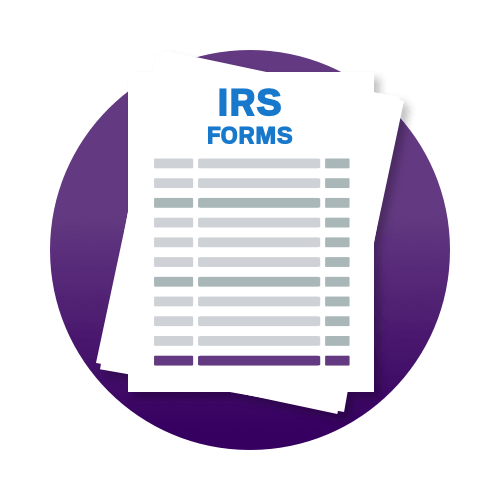- Find an office
-
File Your Taxes
 Find a Location
Find a Location -
Resolve Tax Issues
 Resolve Tax Issues
Resolve Tax IssuesResolve Tax Issues
-
Tax Resources
 See all Tax Help
See all Tax HelpTax Tools
Tax Tips & Resources
- Where's My Refund
- Refund Advance
- Promotions & Coupons
- Hiring Local Jobs!
- Careers
- Search
- Contact Us
- Feedback
-
 Log in | Sign up
Log in | Sign up

JH Accounts
|
|
Oh no! We may not fully support the browser or device software you are using ! To experience our site in the best way possible, please update your browser or device software, or move over to another browser. |
IRS FORMS: Form 1098 E
Understanding Your Form 1098-E: Student Loan Interest Statement

What is IRS Form 1098-E? Learn about Form 1098-E and student loan interest statements here.
What is Form 1098-E?
Form 1098-E is an informational form used to report student loan interest that you paid during the year. It is issued by the government departments, financial institutions, specialized student loan servicers, educational institutions, and other entities that offer loans designated for educational purposes.
If you paid $600 or more in student loan interest during the year, the lender is required to furnish you with Form 1098-E. The interest you paid the lender or servicer is reported in Box 1.
What if I paid less than $600 in student loan interest?
The lender or servicer is not required to issue a 1098-E to you if you did not pay at least $600 in interest. In the event you did not receive a Form 1098-E regardless of how much you paid, you should retain your record of interest payments. You may be eligible for the student loan interest deduction depending on your income and filing status.
If you have student loans with multiple lenders or servicers, you also may have paid less than $600 to each of them and will need to manually calculate the total of your student loan interest deduction. Based on the deduction’s limitations, you may not be able to deduct the entire amount shown in Box 1 of Form 1098-E.
What does It mean if box 2 is checked on Form 1098-E?
If you have student loans that originated prior to September 1, 2004, you may be able to deduct more student loan interest for this particular loan than the amount reported in Box 1.
Student loans often have origination fees and interest that may have been capitalized into the overall loan amount. After legislative changes to student loan tax reporting in 2004, the IRS started mandating that lenders and servicers must include origination fees and capitalized interest in the amount shown on Box 1 in addition to the normal interest payments made by the borrower during the year. Older loans originated prior to September 1, 2004 that do not have these amounts reported under this mandate must have Box 2 checked off.
Depending on your eligibility for the student loan interest deduction, having Box 2 checked off may not affect your deduction or your tax return at all. However, if you are eligible and your Box 1 amount on Form 1098-E, when aggregated with other interest payments reported on Form 1098-E or that fell below the reporting threshold with other servicers, you may be entitled to a larger deduction.
You may need to contact the lender or servicer to determine the loan origination fees and capitalized interest. Publication 970 details how to calculate these amounts as deductible student loan interest. Generally, loan origination fees must be spread over the life of the life while capitalized interest is treated similarly to normal interest payments on student loans.
However, if you were unable to make your student loan payments or went into some other type of forbearance or deferral, you cannot deduct capitalized interest. You can only deduct interest in the year it was paid.

When every dollar matters, it matters who does your taxes™
-
TRUSTED GUARANTEES.
Be 100% certain about your money & your taxes, year after year.
-
NATIONAL PRESENCE. LOCAL HEART.
We’re in your neighborhood & inside your favorite Walmart store.
-
40+ years. 60+ million returns.
The kind of trusted expertise that comes with a lifetime of experience.





